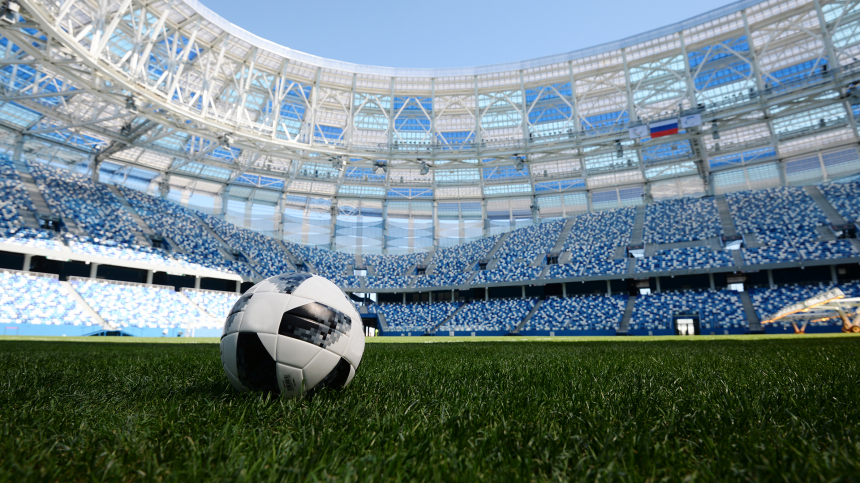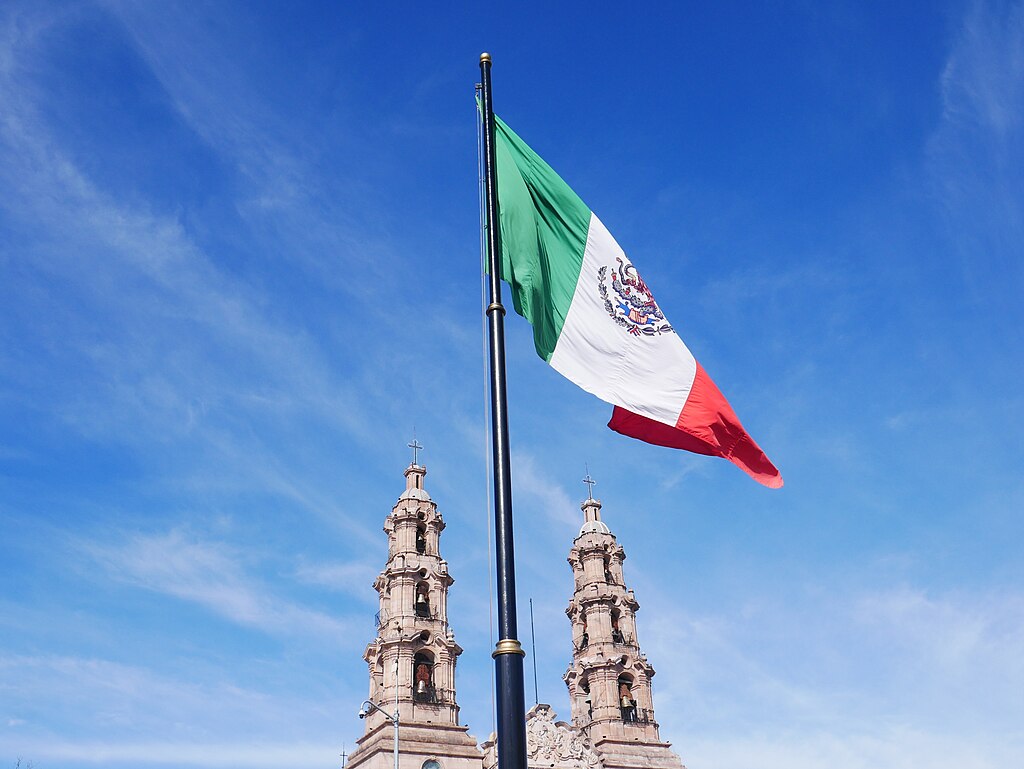Intense Battles in Kursk Region Involving Multiple Nations
Recent developments in the Russian Kursk region highlight escalating military engagements involving Ukrainian, Russian, and North Korean forces, bringing diverse international implications.
Published January 06, 2025 - 00:01am

Image recovered from japantoday.com
The ongoing conflict in the Kursk region of southern Russia has escalated, drawing attention from global observers. Recent clashes have seen significant involvement from Ukrainian forces, who maintain control over sections of the territory following a surprise incursion in August 2024. This operation has intensified over recent weeks, with battles notable for the heavy reported losses on both sides.
Ukrainian President Volodymyr Zelenskyy reported formidable losses on the part of both Russian and North Korean troops in the region. The presence of North Korean soldiers, reportedly numbering around 11,000, adds a complex international dimension to the conflict. The engagement, particularly near the village of Makhnovka, has seen a battalion comprising both North Korean infantry and Russian paratroopers allegedly suffering heavy casualties. These events underscore the strategic importance of maintaining territorial control in advance of possible peace negotiations influenced by global power dynamics.
Meanwhile, Russia's Defense Ministry has contested these claims, issuing statements about their forces repelling Ukrainian counterattacks. According to Moscow, efforts to expel Ukrainian forces from Kursk have been ongoing, with significant resources deployed to reclaim the area. Russian military channels suggest that Ukrainian tactics may serve as diversionary maneuvers aimed at shifting the battlefield focus or preparing for broader territorial gains.
In addition to these military exchanges, political factors are equally influential. With the anticipated inauguration of U.S. President Donald Trump, concern grows in Kiev regarding shifts in American foreign policy that could impact military and financial support. President Zelenskyy remains optimistic about Trump's influence in potentially negotiating an end to hostilities, banking on diplomatic pressures against Russian advances.
Reports from various sources have depicted chaotic battle landscapes where destruction of military equipment is common. Videos and images from the region illustrate the destruction wrought by relentless assaults involving advanced weaponry from both sides. Strategic points such as Pokrovsk remain contentious focal zones, with ongoing artillery exchanges shaping battle outcomes.
The broader conflict context includes international military aid, as Ukraine has recently received advanced Mirage 2000-5F fighter jets from France, further complicating the military hardware landscape. While these aircraft delivery is intended to bolster Ukraine's defenses, experts caution over logistical challenges due to the complexity and maintenance demands of these European-built jets.
Western nations continue to monitor developments closely, with diplomatic channels stressing the urgency of a peaceful resolution. Yet, despite these diplomatic efforts, the course of action remains inexorably tied to military engagements on the ground, which could set precedents for future international negotiations.
As the situation evolves, it remains a critical observation point for international spectators assessing not only the military strategies at play but also the geopolitical reverberations that impact wider regional security and economic stability.








